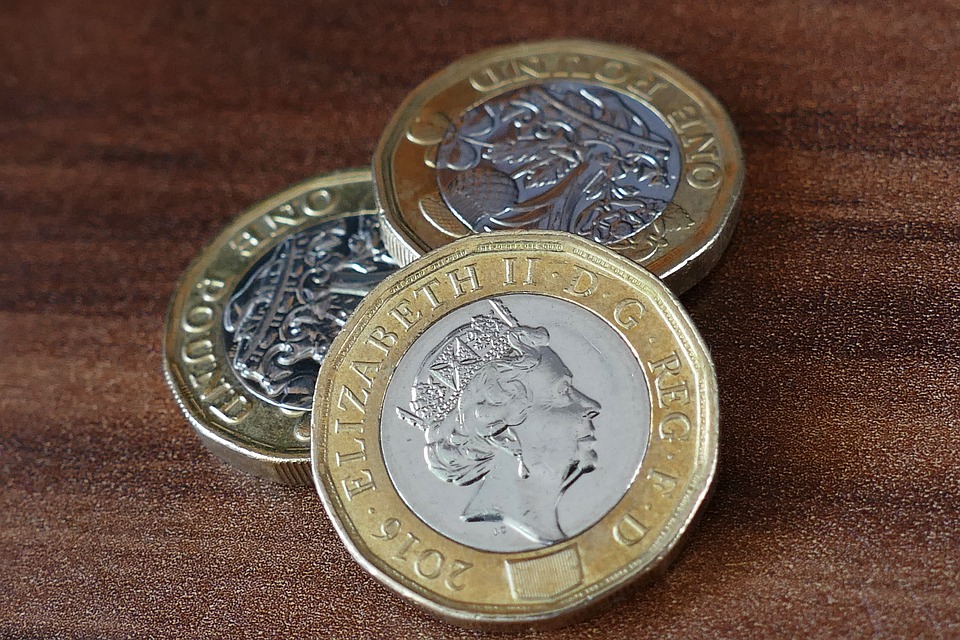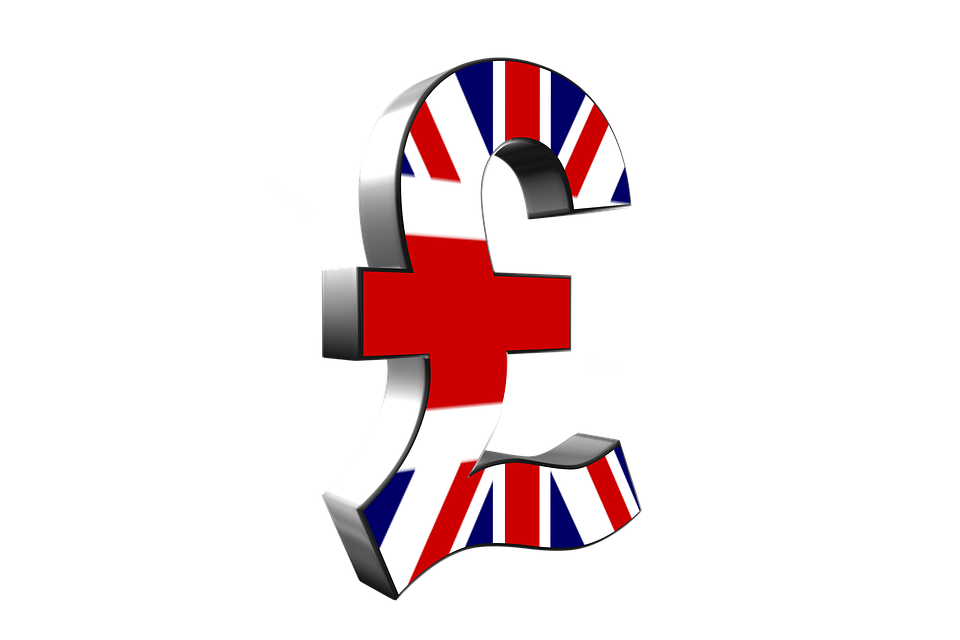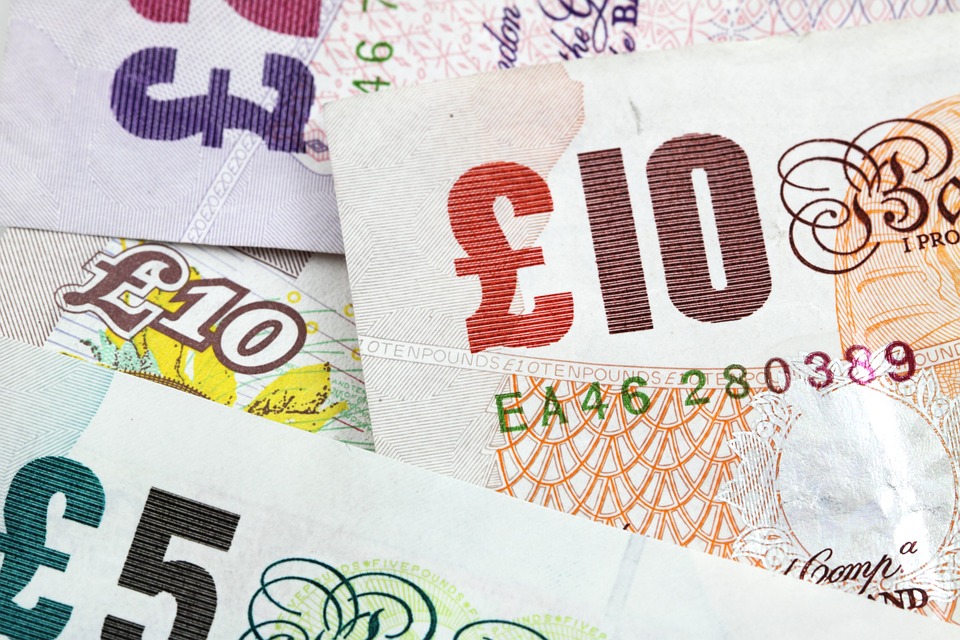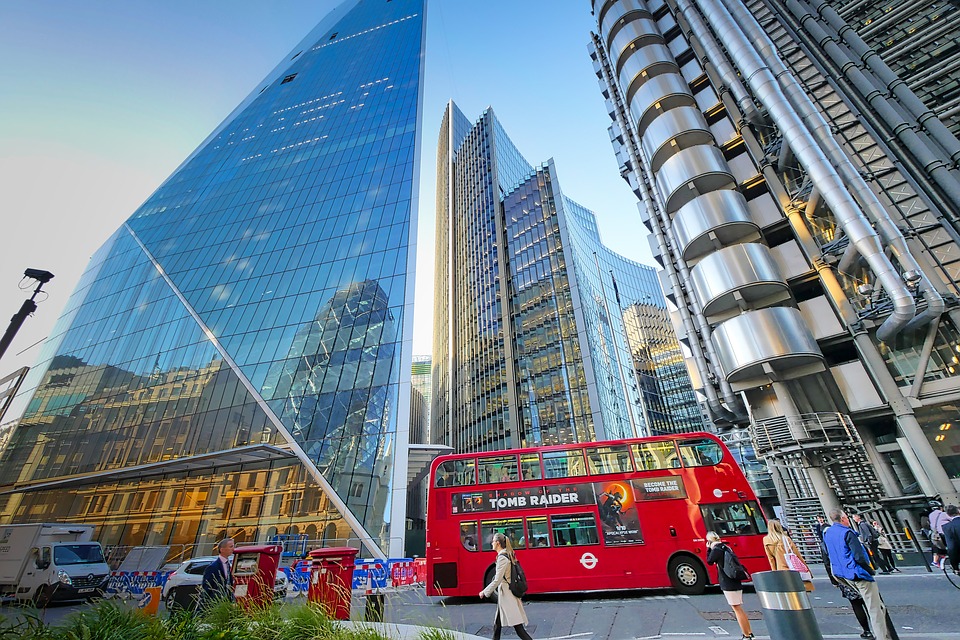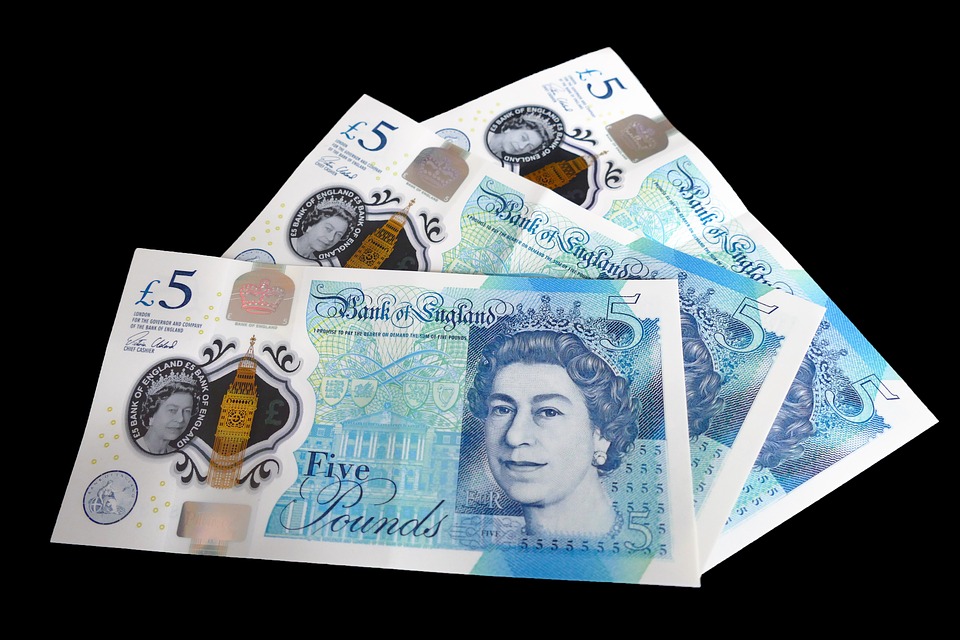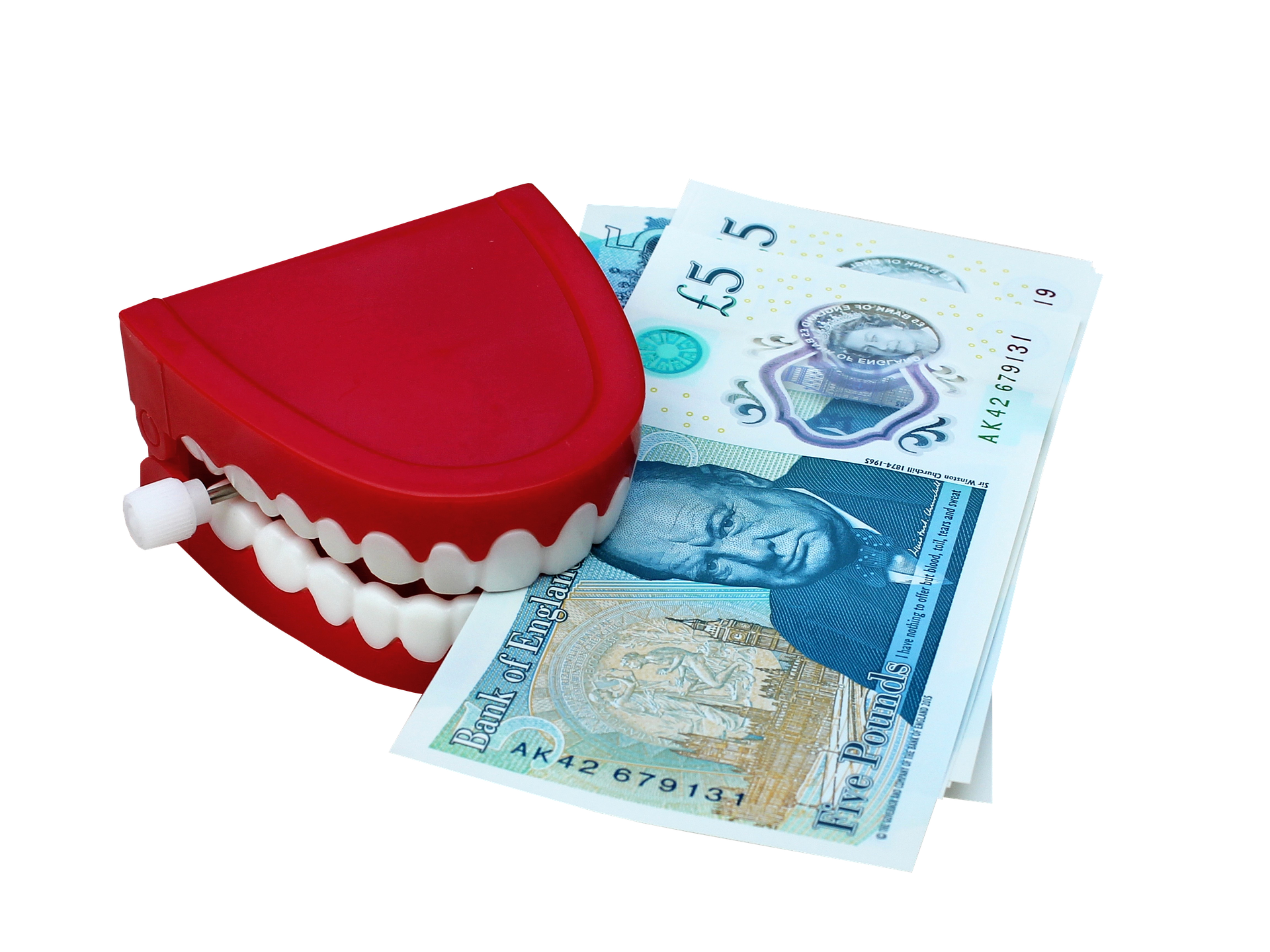Coronavirus restrictions saw the UK economy contract at the start of 2021 but the hit was smaller than first feared as growth rebounded in March, according to official figures.
The Office for National Statistics (ONS) revealed that gross domestic product (GDP) – a measure of the size of the economy – fell by 1.5% between January and March as lockdown took its toll.
A resilient performance in March helped soften the blow, with GDP rising by a better-than-expected 2.1% month on month – the fastest growth since August 2020 – despite restrictions remaining firmly in place.
The ONS said the reopening of schools in March and solid retail spending helped drive the recovery.
Chancellor Rishi Sunak said: “Despite a difficult start to this year, economic growth in March is a promising sign of things to come.”
It comes after GDP also lifted by an upwardly revised 0.7% in February as the UK economy becomes more adept at weathering Covid lockdowns.
But this was not enough to offset a 2.5% fall in January – revised down by the ONS from a previous 2.2% estimate – at the start of the lockdown.
To find out more about how we can assist you with your Second Charge Mortgage please click here
The ONS added that first-quarter GDP was still 8.7% below levels seen before the pandemic struck, though the gap narrowed in March to 5.9% below the pre-Covid monthly level.
Darren Morgan, ONS director of economic statistics, said: “The strong recovery seen in March, led by retail and the return of schools, was not enough to prevent the UK economy contracting over the first quarter as a whole, with the lockdown affecting much of the services sector.”
Experts expect GDP to recover strongly from the second quarter onwards as restrictions lift and the rapid vaccine rollout boosts household and business confidence.
The Bank of England last week hiked its 2021 growth outlook to 7.25% – which would be the best year of growth since the Second World War.
ING economists are pencilling in growth of nearly 5% between April and June, given the lifting of further restrictions on May 17, including indoor hospitality.
The March rebound was helped by a recovery in the hard-hit services sector, which grew by 1.9% in the month, according to the ONS.
It said retail sales “continued to show strength”, rising by 2.9% in March, though schools and education output was the biggest driver of the services growth.
The construction sector also powered ahead, with growth of 5.8% in March to recover above pre-pandemic levels, while manufacturing grew for the second month in a row, by 2.1%.
Alpesh Paleja, lead economist at the CBI business group, said: “Households and businesses have clearly adapted better to working and living under Covid restrictions, despite the brutal cost of doing so.
“A range of indicators, including CBI business surveys, point to a rebound in activity heading into summer – with the economy opening up and pent-up demand waiting to be unleashed.”
Trade figures also released by the ONS on Wednesday showed a shift away from EU countries since Brexit.
Mr Morgan said: “Exports of goods to the EU continued to increase in March and are now almost back to their December level.
“However, imports from Europe remained sluggish in the first three months of the year, being outstripped by non-EU imports for the first time on record.”
The ONS said the total trade deficit, excluding precious metals, narrowed by £8.4 billion to £1.4 billion in the first quarter.
Source: Central Fife Times
Discover our Second Charge Mortgage Broker services.

